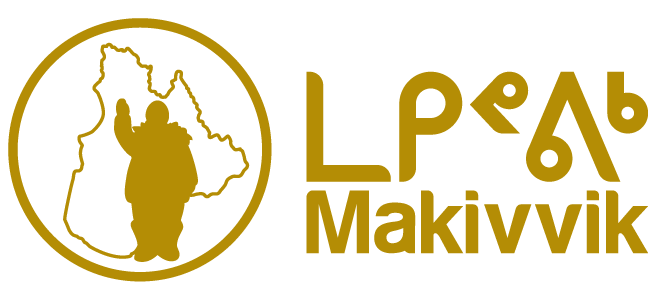Inuit gathered in Quebec City this past June to honour their fellow Inuit who were lost during the Tuberculosis (TB) Epidemic in Canada.
In an emotional event, spanning three days, 23 Inuit family members, two TB survivors, and four NRBHSS counsellors from Nunavik, were joined by a delegation from Nunavut and other dignitaries at Mount Hermon Cemetery in Quebec City for the unveiling of a monument to those who died of the disease and were buried far from home.
Due in part to the lack of medical facilities, many Inuit who contracted TB were sent away from their homes by the federal government for treatment. On average, patients stayed in these facilities (hospitals, or sanitaria) for two and a half years, but many stayed longer before being sent home. In many cases, information about patients being treated for TB in the south was never communicated to family members back home. The sanitorium in Quebec City, Park Savard Hospital, accepted Inuit patients from the 1940s to the 1970s.

Organized by Makivvik and Nunavut Tungavik Inc., and supported by funds from the federal Nanilavut Initiative, the ceremony this past June reflected the ongoing efforts to address the historical injustices faced by Inuit and offer a sense of closure. The Nanilavut Initiative was created to help Nunavik Inuit and Inuit from across Canada locate lost loved ones who did not return home after being sent to southern hospitals during the epidemic (1940s to 1960s). Research done by Makivvik’s voluntary researchers Donat Savoie and Jo-Ann Gagnon led to more precise information on the 52 Inuit from both Nunavik and Nunavut who were buried in the Mount Hermon Cemetery.
The commemoration event was coordinated with their Nunavut counterparts by Samantha David, Makivvik’s Nanilavut Project Manager, and Mylène Larivière, who has coordinated the Nanilavut initiative since its inception. Family members were able to tour the old sanitorium site and area the day before the official unveiling of the monument on June 21, National Indigenous Peoples Day, when they were joined by representatives from Nunavik and Nunavut, including Makvivvik Executive Adamie Delisle Alaku, President Pita Aatami, as well as provincial government and church officials.

The monument, engraved with names of Inuit who are buried in the cemetery, was decorated with roses by the delegations during the ceremony, and the event continued with throat singing and words from elders. The next day the attendees met for a debrief and storytelling opportunity, before presentations from the researchers and a talk on TB awareness.
Unlike their predecessors, these participants returned home at the end of their stay, their hearts a little lighter for having received some answers to their questions about the last days of their departed loved ones, with the certainty that they had not only been honoured, but that they would never be forgotten.
If you need help finding information about a lost loved one who was sent south for TB treatment and never made it back home, or would like more details on the Nanilavut initiative, please contact:
Samantha David, Project Manager, Nanilavut
Phone: (819) 964-2925 ext. 307, or toll-free at 1-877-625-4845. email: nanilavut@makivvik.ca
or sdavid@makivvik.ca
Fax: (819)-964-2613




